
2018 Hyundai Elite i20 Launched At Auto Expo 2018 For Rs 5.35 Lakh To...
- Feb 7, 2018
- Views : 29706

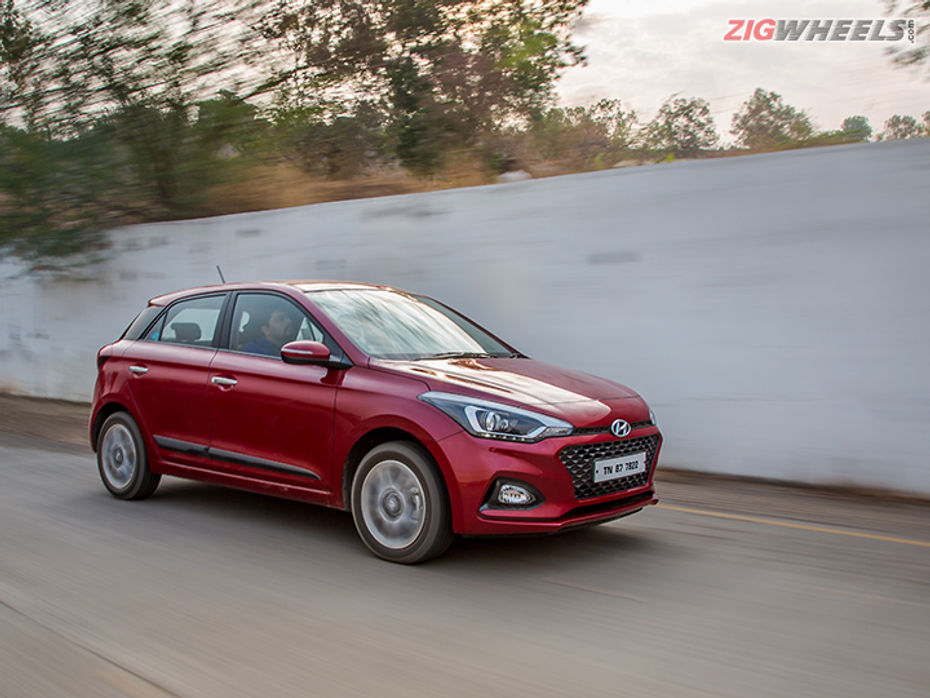
The Hyundai Elite i20 looks as sharp today as it did when it was launched. Over the past few years, Hyundai’s given it a few updates to make sure it didn’t fall behind any of its competitors, primarily the Maruti Suzuki Baleno, Honda Jazz, VW Polo and even the new Maruti Suzuki Swift.
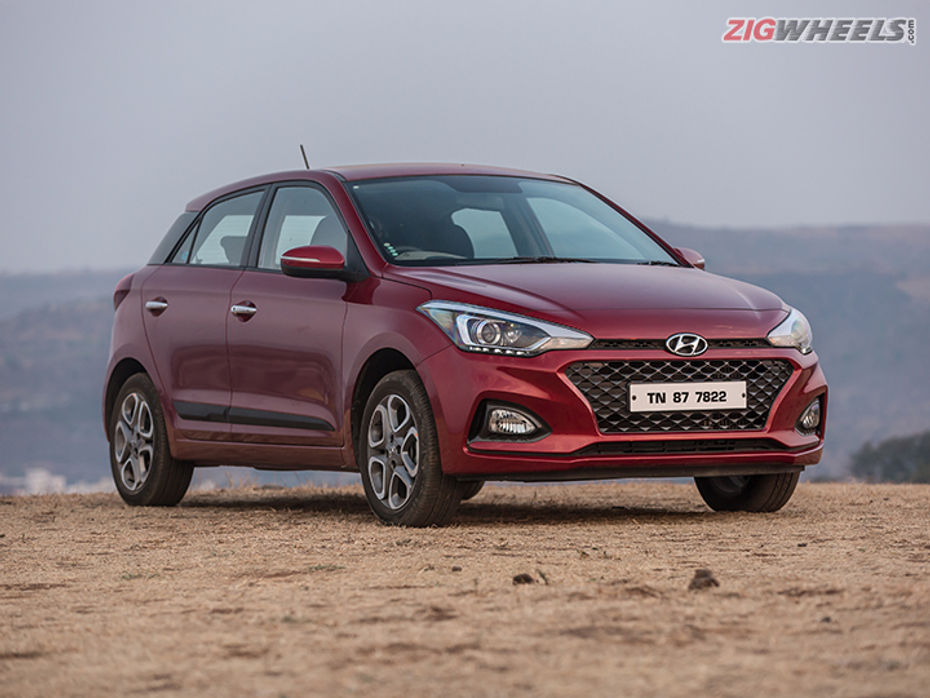
And now, the Elite i20 has received its first official facelift. But first, some honesty - the reasons to buy the new Elite i20 remain pretty much the same as before. However, there are five primary aspects in which this version is different. Here they are.
Technically Speaking

There haven’t been any major revisions under the bonnet. So you still get the same 1.2-litre petrol (83PS/115Nm) and 1.4-litre diesel (90PS/220Nm) engines, paired with 5-speed and 6-speed manual transmissions respectively. However, Hyundai claims the fuel efficiency of the engines has been improved by up to 9 per cent.
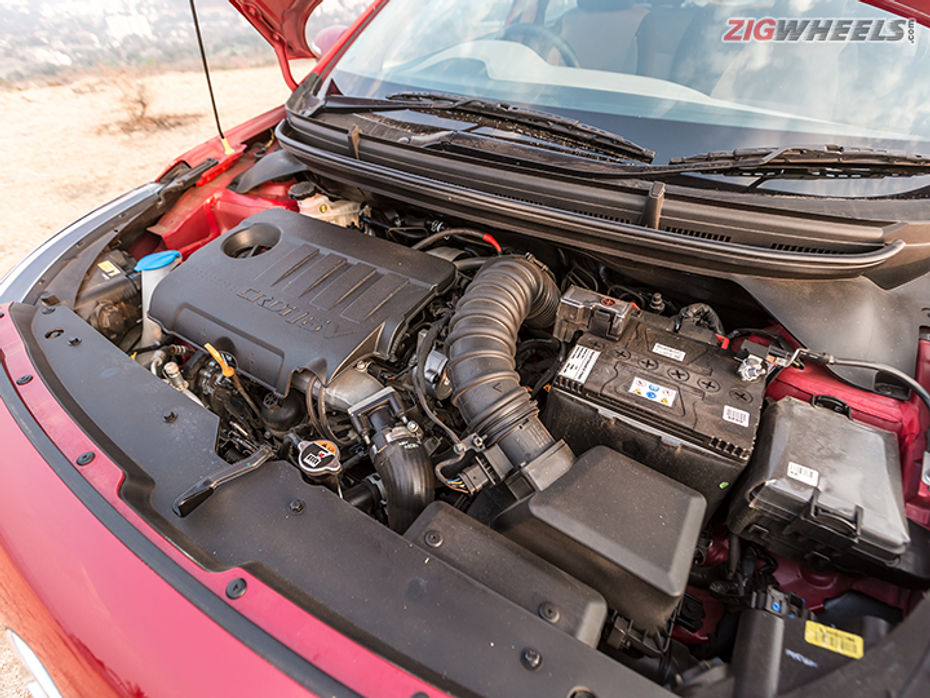
The diesel engine’s tuning has been revised too and even though the output figures are unchanged, throttle response is smoother and driveability has improved noticeably. We tested the diesel and managed to extract 15.32kmpl in the city and 21.29kmpl on the highway. That aside, the ride quality feels plusher with slightly improved damping, rebound management and reduced body-roll while cornering.
On the flipside, the fuel tank capacity has dropped, down from 45 litres to 40 and we haven’t been able to get a reason why.
Looks
As you’d expect of a facelift, the most significant changes are cosmetic. Up front, the Elite i20 sports the new Hyundai family grille, which essentially gives the old grille a shot of botox. That aside, the front bumper looks sharper and gets smaller front fog lamp enclosures. A cool touch here is that they include slim air curtains to reduce drag.
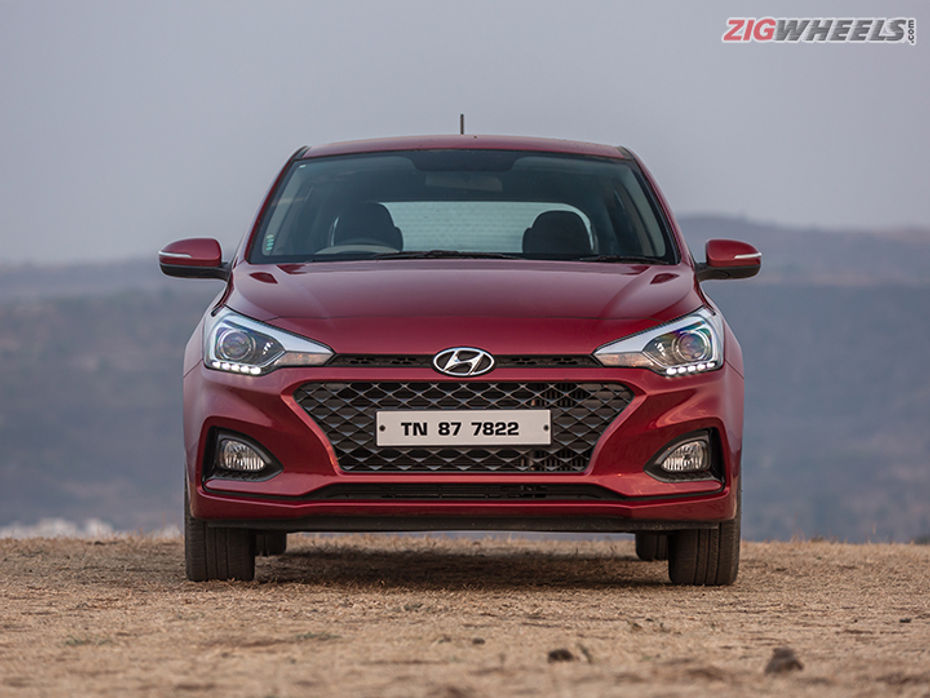
The only noticeable changes on the sides are the restyled 16-inch alloy wheels of the Asta dual-tone and Asta (O) variants. They’re a direct lift off the European-spec i20 and look quite sporty.
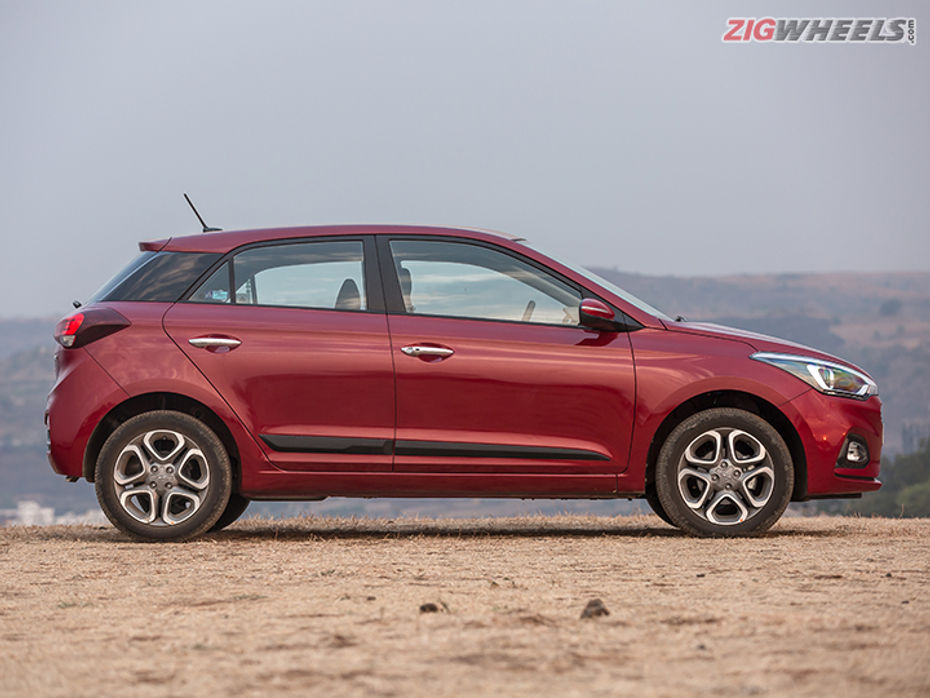
It’s the rear end where the changes are easier to spot. The number plate has been moved from the bumper to the boot; the bumper itself gets an Xcent-esque black insert and the tail lights get revised internal detailing (they still aren’t LEDs but do look the part).
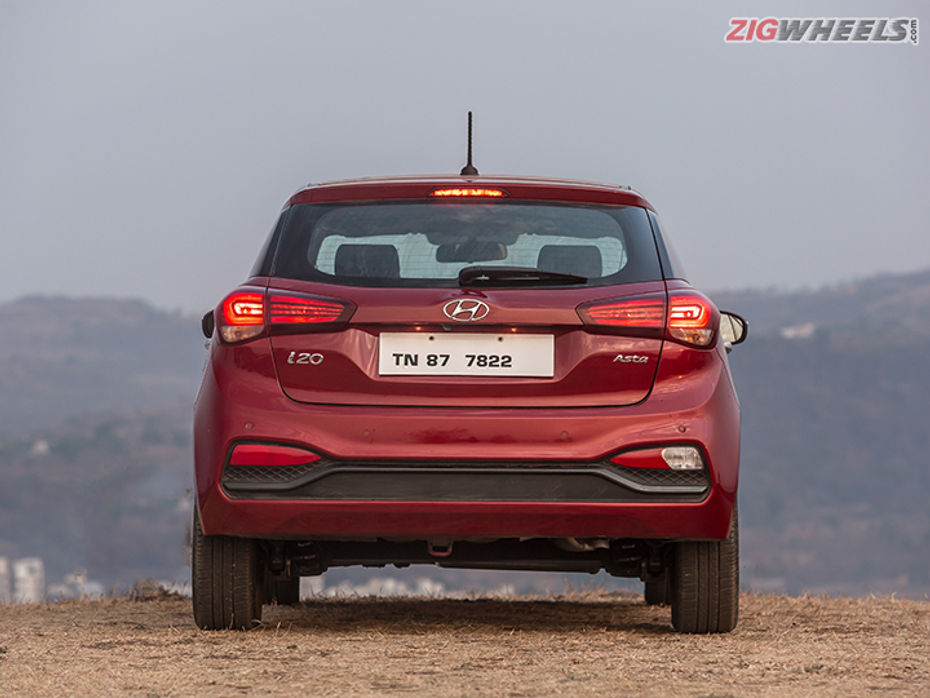
Also, no more ‘VTVT’ or ‘CRDi’ badging at the rear and you’ve now got two new colour options - ‘Fiery Red’ and ‘Passion Orange’. Our test car sports the prior and for the life of us, we can’t tell the new red apart from the old ‘Red Passion’.
Features
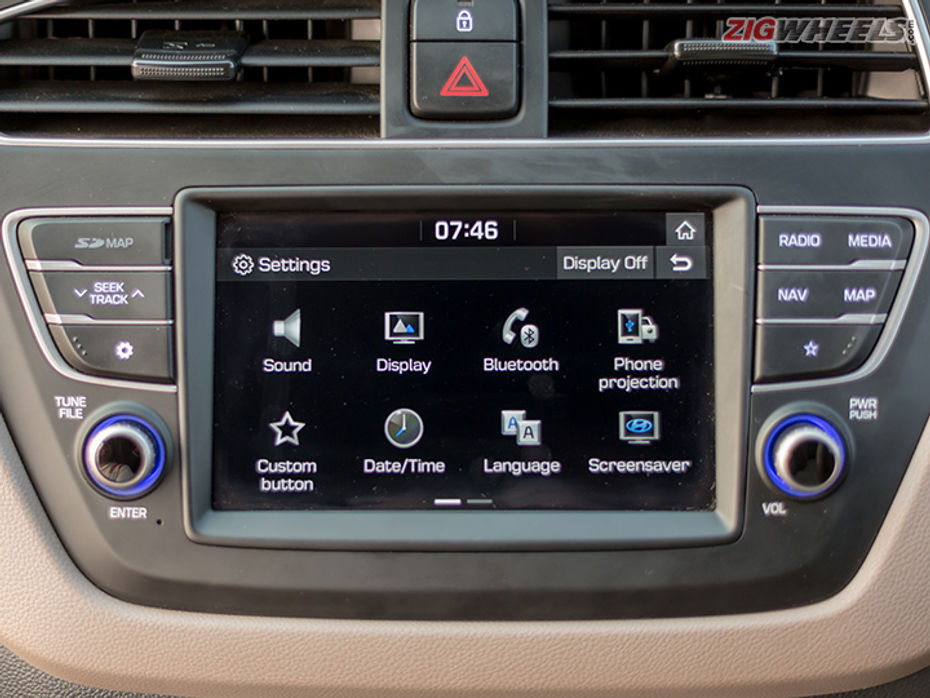
No drastic changes to the features list. You still get the same 7.0-inch touchscreen infotainment system, but with a revised user interface and the Arkamys sound tuner. Hyundai has also added the Auto Link telematics app, which lets you access information like your travel time and distance travelled, and even gives you instances of hard braking or acceleration and more, remotely.
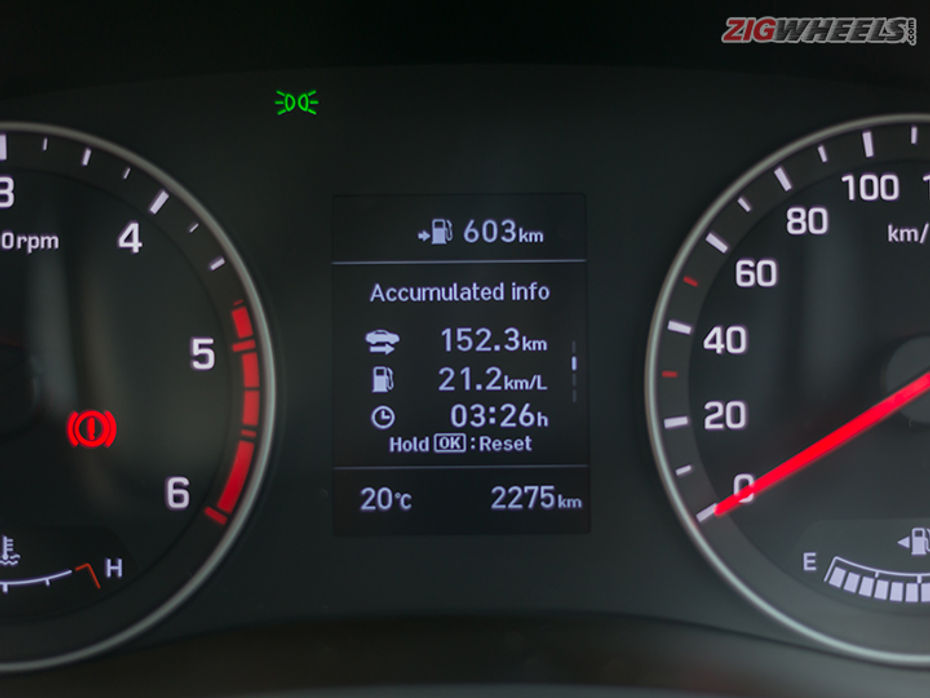
The central armrest not only gets storage but also slides. For some odd reason, however, the 60:40 split rear bench is no longer available. Also, a miss here is that ISOFIX, like side and curtain airbags, has been limited to the Asta (O) variant when it should’ve been offered as standard. That said, ABS and dual airbags still come as standard, irrespective of the fuel type or variant chosen (you hear that, Honda?).
Variants & Interior
Inside, the changes are of a blink-and-you’ll-miss variety. The buttons between the central AC vents, for example, no longer sit flush and one of the 12V power sockets ahead of the gear lever has been replaced by a USB port. The MID is a little more comprehensive as well, as the all important distance-to-empty and average fuel efficiency readouts can now be seen here. There’s also some nice attention to detail as the parking sensors display/door ajar warning show you the new Elite i20 in the advanced Supervision cluster (Hyundai talk for multi-information display).
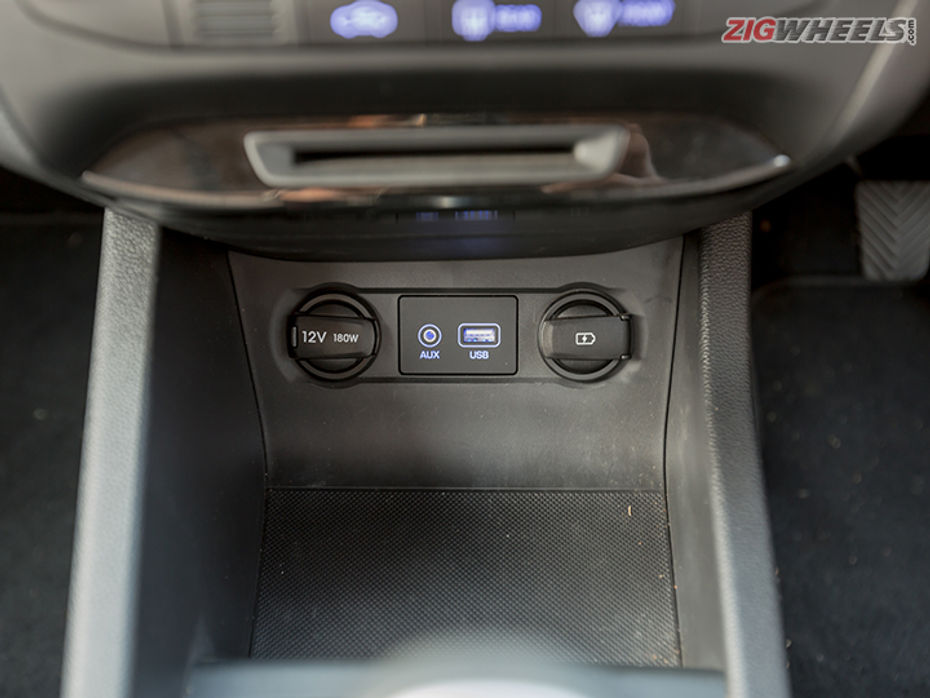
That aside, contrast-painted versions i.e. the black-roofed versions get an all-black interior and contrast-coloured accents on the AC vents and gear lever. Get your Elite i20 in white or red with a black roof, and you get red accents inside, while choosing orange with a black roof gets you orange accents inside.
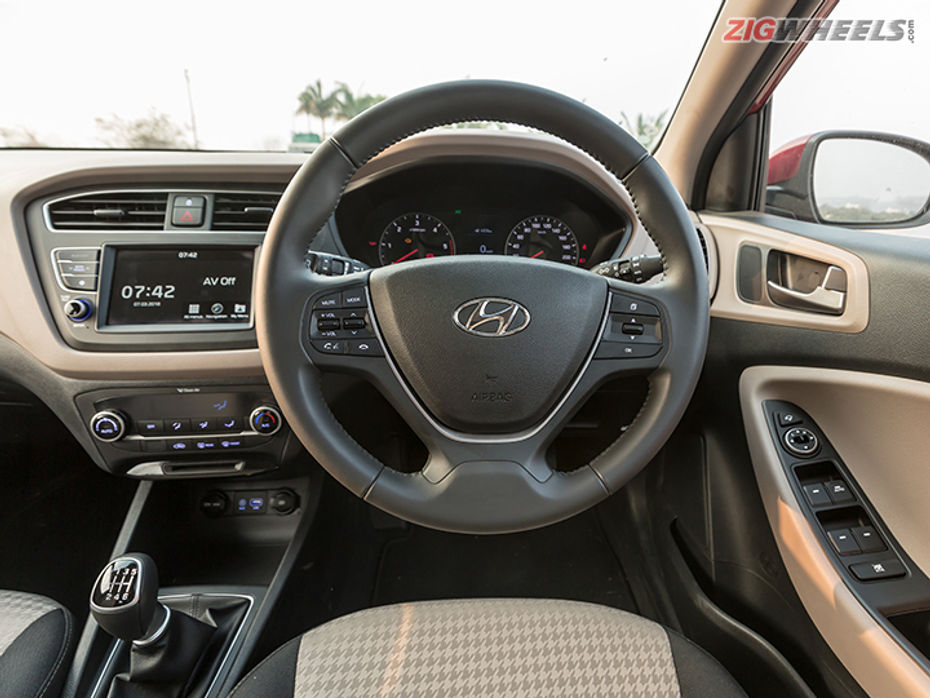
The dual-tone paint option is only available with the Asta variant and unlike the standard Asta, it gets adjustable rear headrests and the aforementioned 16-inch alloy wheels. The added cost is Rs 25,000 over the standard Elite i20 Asta.

Speaking of which, the standard Asta isn’t any cheaper than before but loses features like the smart key, leather steering/gear lever and no longer has readouts like the service reminder or parking sensors shown in the MID. The diamond-cut 16-inch alloy wheels have also been ditched in favour of a set of 15-inch gunmetal finish alloys.
No More Automatic
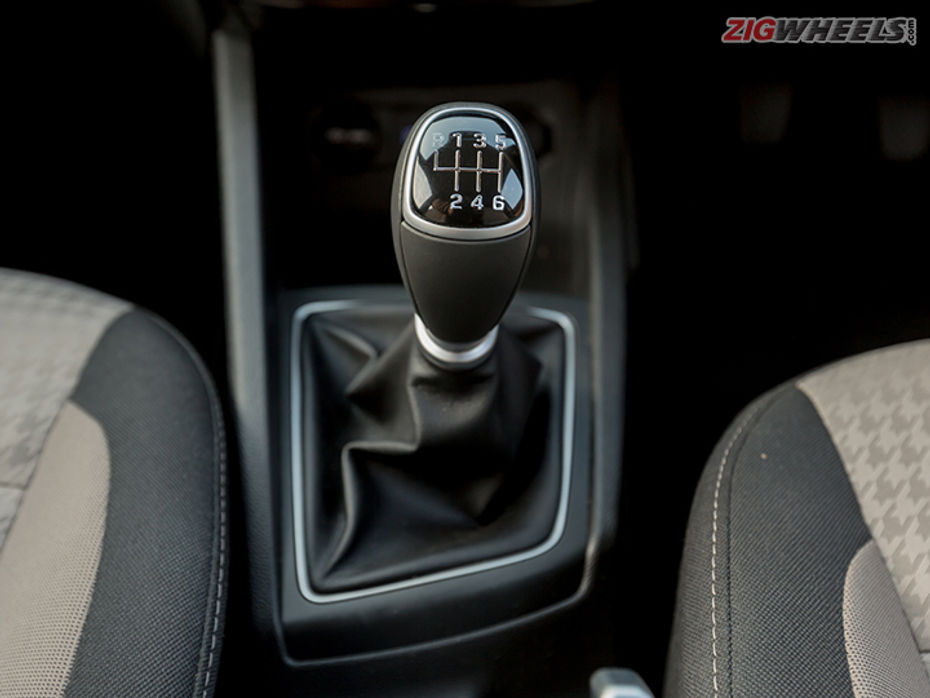
Finally, the 1.4-litre petrol Magna AT variant has been discontinued. To that, we say good riddance. The engine’s size meant that the Elite i20 wasn’t eligible for the excise duty benefits sub-4 metre cars get and to top it off, it employed an outdated 4-speed automatic transmission. Don’t fret though. Hyundai will be offering a CVT with the 1.2-litre petrol around May 2018, much like the Honda Jazz and the Maruti Baleno, which we’re certain will be more competitively priced and fuel efficient.
Long Story Short
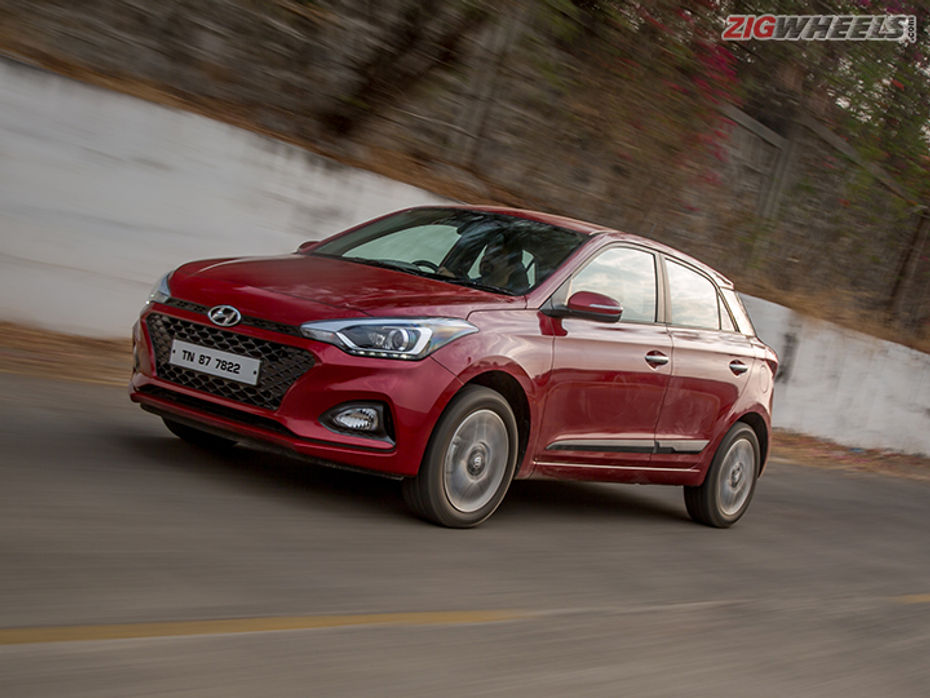
That’s how the new Elite i20’s been updated. Hyundai’s done just enough to make it fresher. Some changes are for the better, while some aren’t. Quite simply, it is a distinction without really being all that different. Overall, we’d say it's a job pretty well done.

2018 Hyundai Elite i20 Launched At Auto Expo 2018 For Rs 5.35 Lakh To...

Hyundai Elite i20 facelift in pictures at the Auto Expo 2018

Hyundai Planning To Bring Electric SUV And Hatchbacks To India
India's largest automotive community
 Hyundai Creta
Rs. 11.10 Lakh
Hyundai Creta
Rs. 11.10 Lakh
 Hyundai Venue
Rs. 7.94 Lakh
Hyundai Venue
Rs. 7.94 Lakh
 Hyundai Verna
Rs. 11.07 Lakh
Hyundai Verna
Rs. 11.07 Lakh
 Hyundai Creta Electric
Rs. 17.99 Lakh
Hyundai Creta Electric
Rs. 17.99 Lakh
 Hyundai i20
Rs. 7.04 Lakh
Hyundai i20
Rs. 7.04 Lakh
 Maruti Swift
Rs. 6.49 Lakh
Maruti Swift
Rs. 6.49 Lakh
 Maruti Baleno
Rs. 6.66 Lakh
Maruti Baleno
Rs. 6.66 Lakh
 Maruti Wagon R
Rs. 5.54 Lakh
Maruti Wagon R
Rs. 5.54 Lakh
 Tata Tiago
Rs. 4.99 Lakh
Tata Tiago
Rs. 4.99 Lakh
 Maruti Alto K10
Rs. 3.99 Lakh
Maruti Alto K10
Rs. 3.99 Lakh